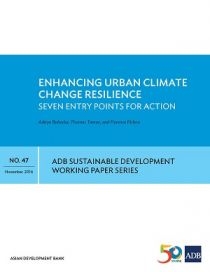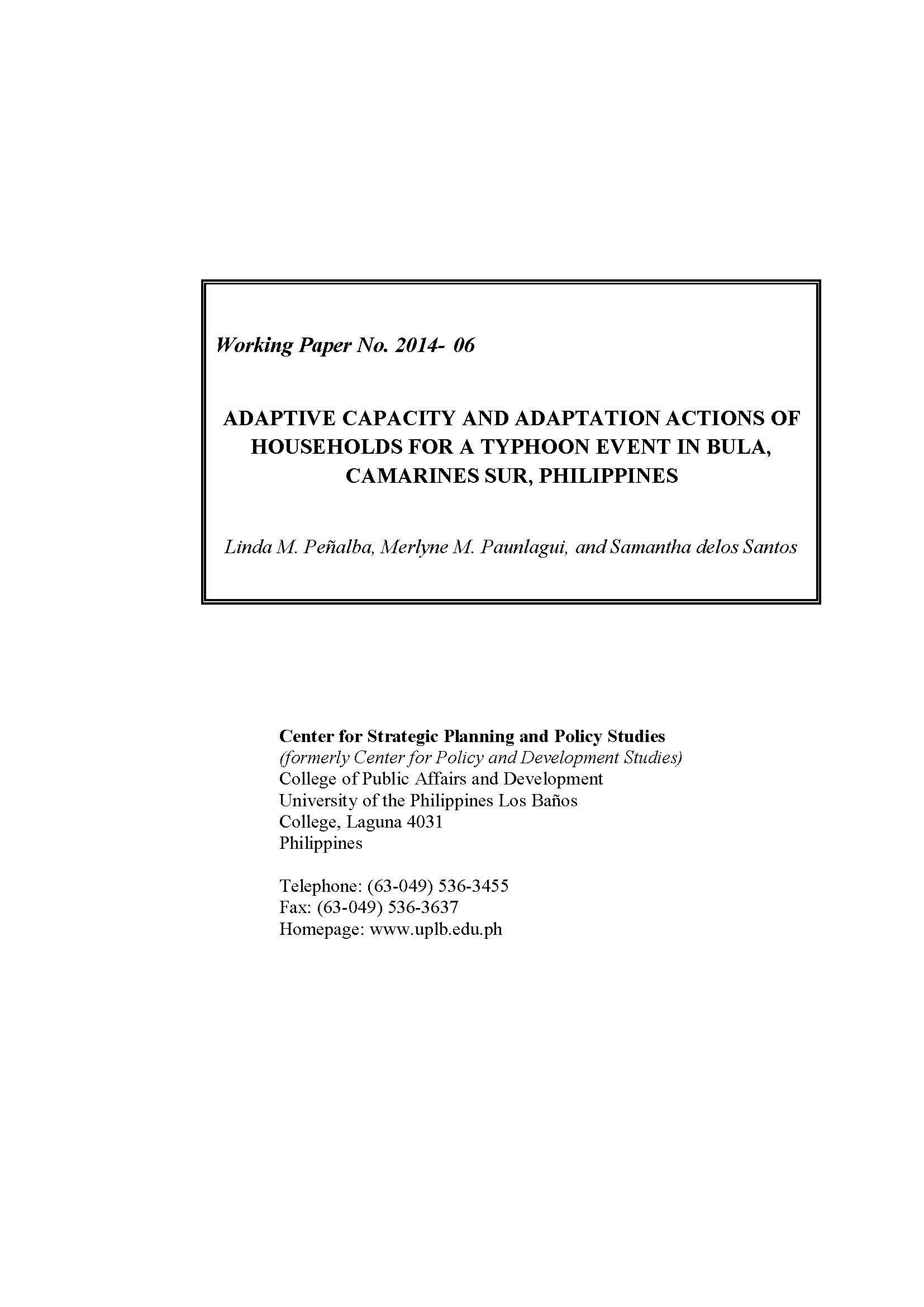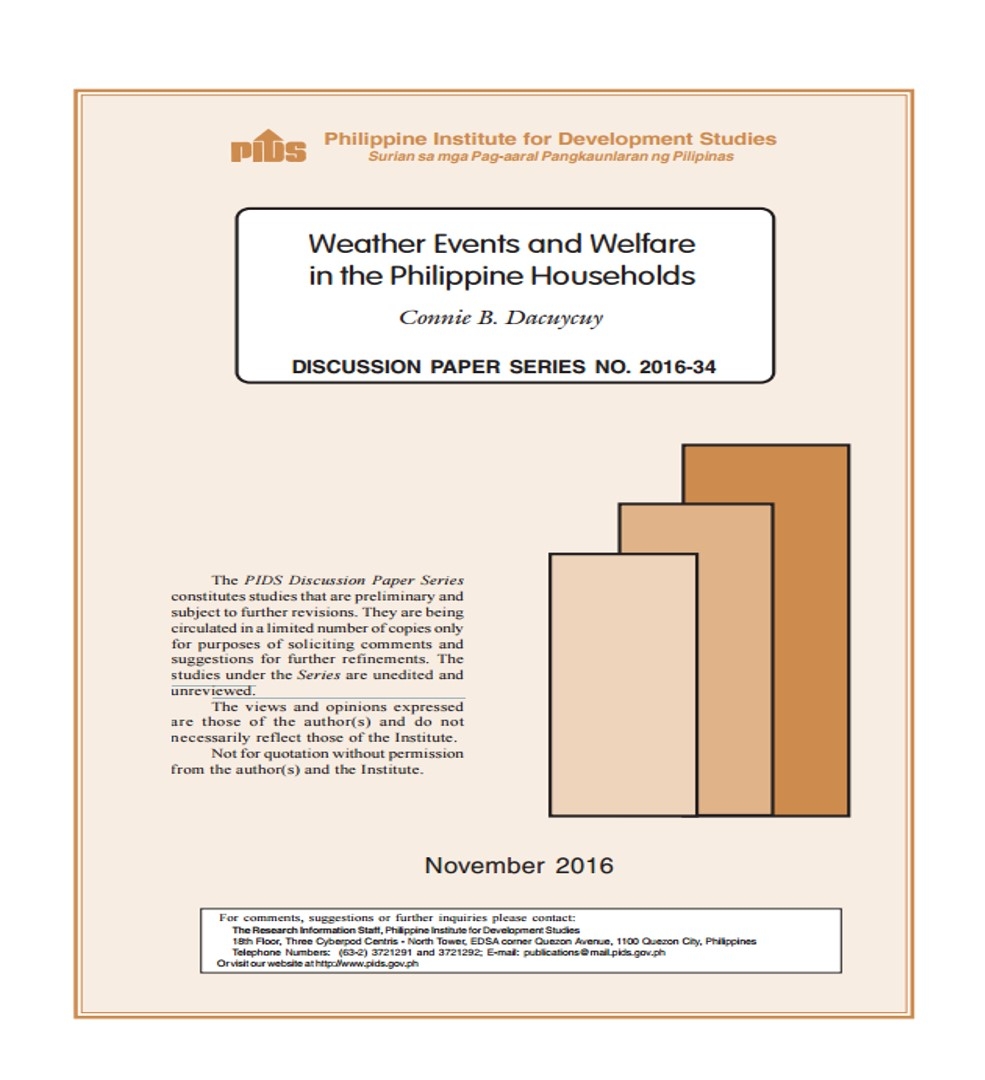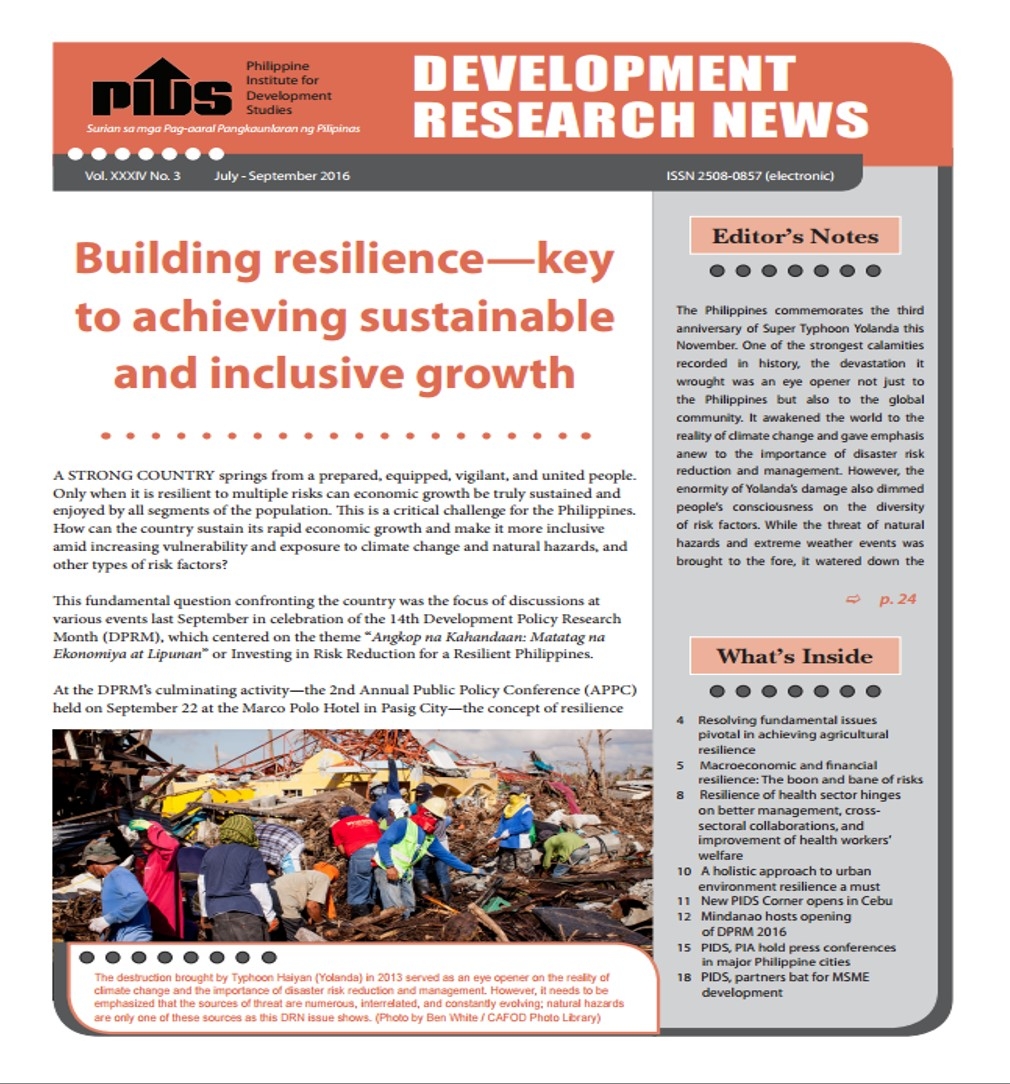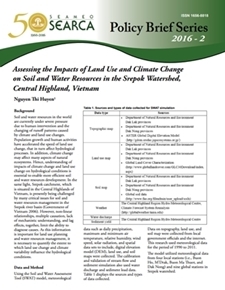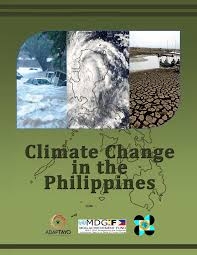Publications
This contains experience notes, adaptation notes, policy briefs, policy papers, technical reports, stories on good practices, and other publications related to climate change adaptation and mitigation in Southeast Asia not just from SEARCA, but also from KC3's partners and other agencies/institutions.
Growing interest in the concept of urban climate change resilience (UCCR) recognizes the complexity of rapid urbanization and uncertainties associated with climate change. This working paper synthesizes existing knowledge on urban climate change resilience to identify seven entry points for actions. It is expected that the proposed entry points will benefit ADB’s developing member countries, development partners, staffs and projects under the Urban Climate Change Resilience Trust Fund to take actions for strengthening urban resilience. Generating, sharing, and regularly updating…
BackgroundThe Philippines is an archipelagic country where agriculture plays a vital role in providing around 30 percent of employment and 10 percent of the country’s total gross domestic product in 2013. Recent natural disasters significantly affected crops and livestock resulted in severe loss in agricultural production including human lives. Climate change worsens the economic situation and food security among others of the Philippine people. Hence, there is a critical and urgent need to develop climate-smart technologies available and accessible to…
Climate change poses serious challenges to institutions and households in the Philippines. Thus, it is important to determine its impacts on households and the corresponding adaptation actions of government, men, and women to determine gender-sensitive measures that can enhance resilience and adaptive capacity of affected sectors. This research work was done in Bula, Camarines Sur. Gender-disaggregated data collected through interview and focus group discussion with husbands and wives were used to determine the impact of Typhoon Nock-ten, the household’s response…
Using fixed effects estimators to remove unobserved heterogeneity and instrumental variable technique to address the endogeneity of income, this paper analyzes the effect of weather events on welfare in the Philippines.
A STRONG COUNTRY springs from a prepared, equipped, vigilant, and united people. Only when it is resilient to multiple risks can economic growth be truly sustained and enjoyed by all segments of the population. This is a critical challenge for the Philippines. How can the country sustain its rapid economic growth and make it more inclusive amid increasing vulnerability and exposure to climate change and natural hazards, and other types of risk factors?
Soil and water resources in the world are currently under severe pressure due to human intervention and the changing of runoff patterns caused by climate and land use changes. Population growth and human activities have accelerated the speed of land use change, that in turn affect hydrological processes. In addition, climate change may affect many aspects of natural ecosystems. Hence, understanding of impacts of climate change and land use change on hydrological conditions is essential to enable more efficient soil…
Climate change is happening now. Evidences being seen support the fact that the change cannot simply be explained by natural variation. The most recent scientific assessments have confirmed that this warming of the climate system since the mid-20th century is most likely to be due to human activities; and thus, is due to the observed increase in greenhouse gas concentrations from human activities, such as the burning of fossil fuels and land use change. Current warming has increasingly posed quite…
Disaster risk reduction efforts traditionally focus on long-term preventative measures or post-disaster response. Outside of these, there are many short-term actions, such as evacuation, that can be implemented in the period of time between a warning and a potential disaster to reduce the risk of impacts. However, this precious window of opportunity is regularly overlooked in the case of climate and weather forecasts, which can indicate heightened risk of disaster but are rarely used to initiate preventative action. Barriers range from the protracted debate over the best strategy for intervention…
Key Messages Livelihoods in Lao PDR are diverse owing to a complex topography and the flows of the Mekong River basin. Over 40 unique livelihood groups exist in the country, each with a unique resilience profile. The livelihoods with greatest climate resilience are those with sufficient access to financial capital (and wealth) and land, those which are highly diversified, and those which do not rely on rainfed agriculture. Focusing on activities linked to these characteristics will enhance community resilience. Generally,…
This publication confirms the shared commitment of ADB and the Climate Investment Funds (CIF) to mainstreaming gender equality in climate change and showcases how this priority is being integrated into the design of ADB’s CIF projects. Helping women become more resilient to the impact of climate change, acknowledging their key role and encouraging them to participate in responding to the challenges of climate change, and ensuring that they benefit from climate change financing investments are priorities for ADB as part…

